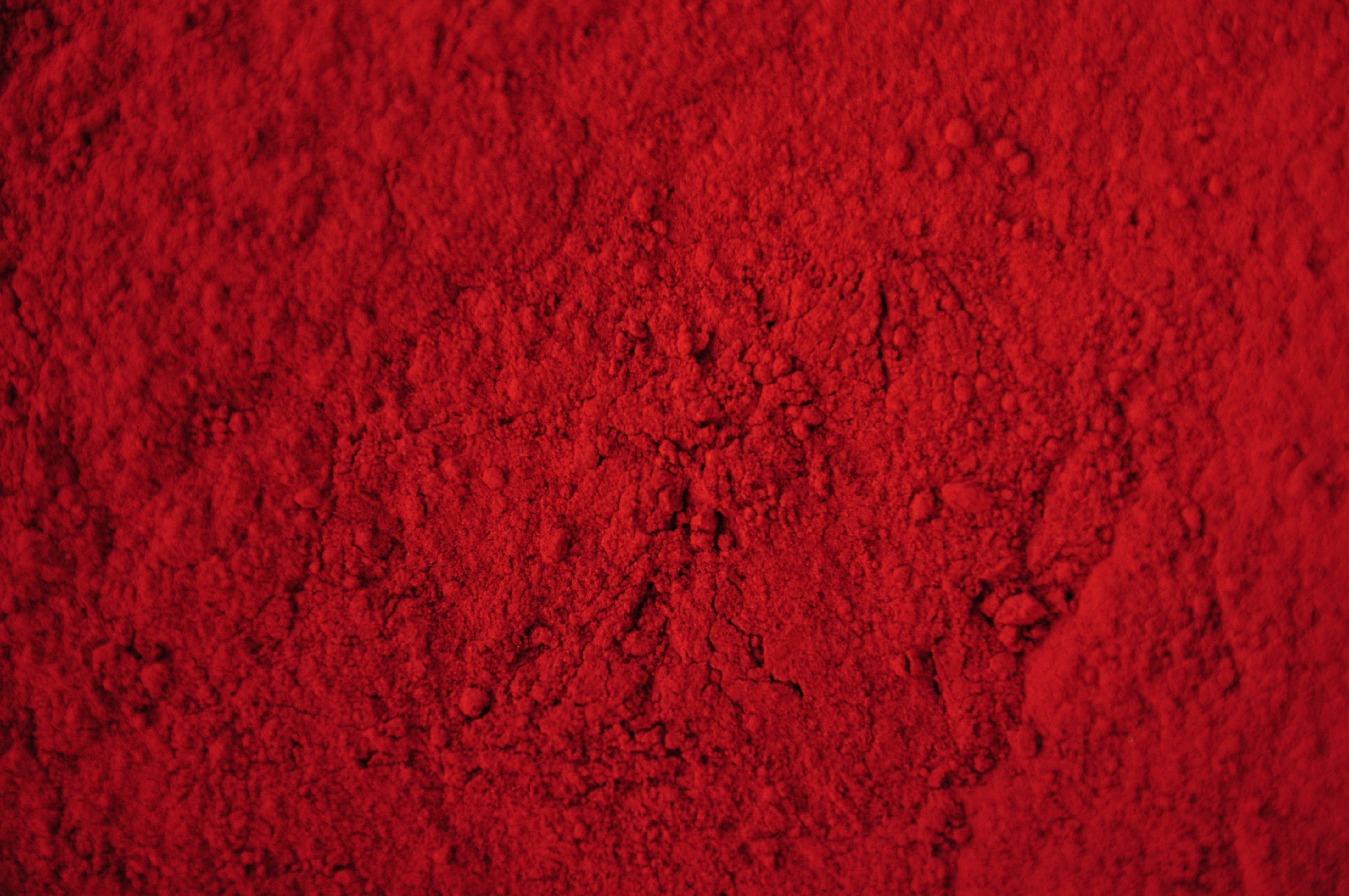

Lac extract
lat. Kerria lacca
€3.55
Lac dye is renowned worldwide for its vibrant spectrum, offering brilliant red, crimson, purple, and burgundy shades. With a rich history deeply rooted in various cultures, lac dye stands out for producing bright red hues that are not only visually striking but also lightfast and washfast. This exceptional quality makes lac a highly valued natural dye, cherished by artisans and dyers for its enduring and intense coloration.
Name: lac extract
Latin name: Kerria lacca (sin. Lacciferia lacca)
Type: mordant dye
Part of plant used: resin
Colorants: the main colorants are laccaic acids which belong in the anthraquinone class
Main colors: red
Other colors: various shades in a red spectrum such as crimson, purple, burgundy, lavender, pink
Purpose: natural dye for textiles, leather, wood, candles, and other natural materials. Can be used for making botanical inks, pastels, watercolors, printing paste, etc.
Certificates: GOTS (Global Organic Textile Standard)
Dyeing with lac extract:
A small amount of lac can dye a lot - start with using 4-8% WOF and observe the results. Use less for lighter shades and a bit more for deep red shades.
Dissolve the powder in a small amount of warm water and add to your dye pot.
Fibers should be soaked in water for at least 30 minutes before adding to the dye solution. For deepest colors use pre-mordanted fibers.
Add wet fibers to the dye solution and simmer for 40-60 minutes depending on the shade you want. Leave to cool.
Lac reacts beautifully with different pH, so for a wider color palette experiment with additional citric acid, cream of tartar, soda ash, or chalk. Acid can bring out more orange tones while alkaline shifts towards purples and violets.
To widen your palette even more experiment with additional mordants - iron sulfate or various tannins.
Dye production:
Lac extract and dye are made from the scale insect Kerria lacca (sin. Lacciferia lacca) which can be found (and are cultivated) in India, Nepal, China, and other countries. Large groups of female insects occupy host trees and create a resin that covers all colonies. When the time comes for harvesting, the resin is taken off trees and it is called stick lac. From this stick lac, both lac dye and lac dye extract can be made.
Information about natural dye extracts:
First and foremost, a small amount of extract goes a long way. Colorants are extracted from dyestuff in an eco-friendly manner that conserves space while retaining all dyeing properties. With the extract, you need 5 to 10 times less than the original dye. For example, 10 grams of madder extract can stand in for 100 grams of dried madder roots. This not only saves on storage but also reduces shipping costs. Moreover, extracts are quicker and simpler to prepare, making them ideal for beginners or those looking for quicker results. Additionally, for those bursts of inspiration where time is of the essence, having extracts ready is a game-changer, eliminating the lengthy wait of traditional dye solution preparation.